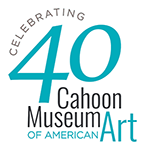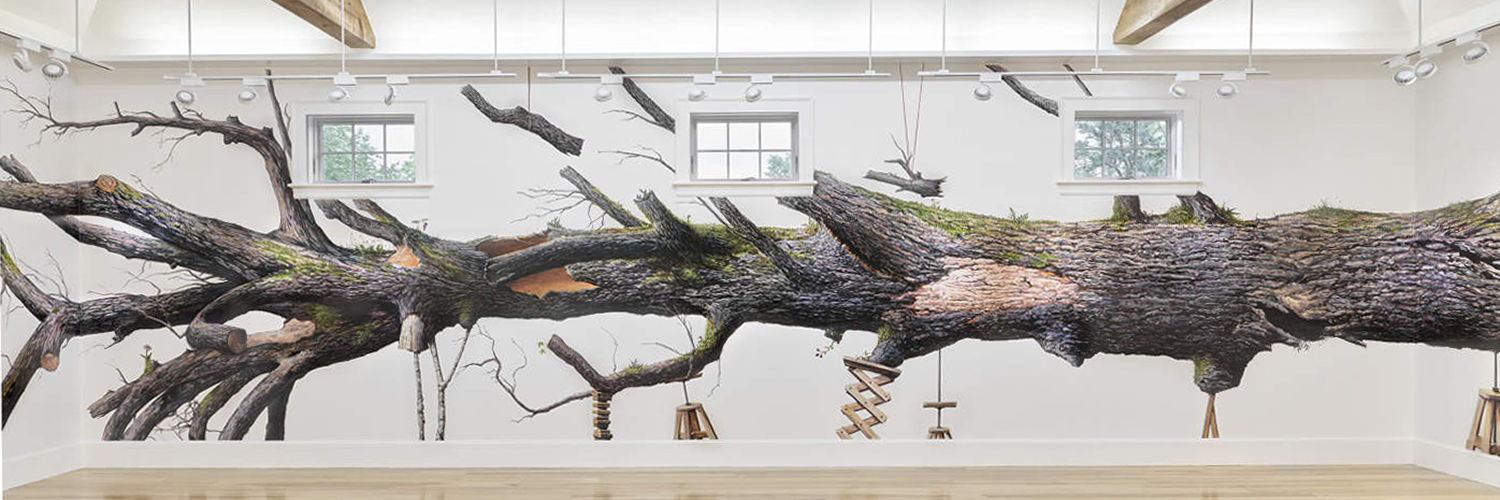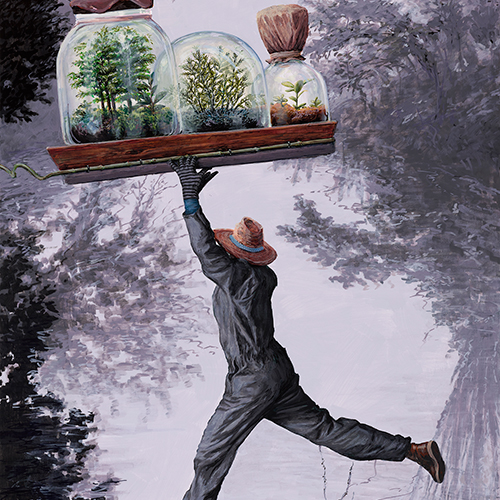Ethan Murrow: The Greenhouse
June 16 – October 3
Ethan Murrow’s latest installation is a panoramic wall drawing inspired by old growth forests that once existed on Cape Cod. The primary subject of The Greenhouse is a massive felled oak tree, a cautionary reference to the effects of colonization and development on the Cape’s natural environment. In a testament to nature’s resilience and regeneration, the dead tree plays host to sprouts of new growth. A treehouse, with windows looking out onto a vast green landscape, creates a potential vision of a hopeful future. The installation encourages discussion, and optimism, about how human beings can preserve and restore natural habitats and coexist in balance with nature. Murrow worked with a team of artists using high flow acrylic paint and refillable pens to draw directly onto the gallery walls, and the piece extends over 75 feet.
Banner and top feature images by: Julia-Featheringill
Ethan Murrow: The Greenhouse Drawings
June 9 – October 3
Partnered with the installation, The Greenhouse, Ethan Murrow created two new color drawings centering around an unusual figure engaged in open-ended activities. These drawings are intended to stand as cautionary tales with uncertain narrative beginnings. They feature a mysterious character scrambling through the woods, juggling massive terrariums of rare plants, including bonsais. The artist leaves the story and the figure’s intentions open; his unknown role could be that of a thief, protector, irresponsible gardener, or thoughtful propagator.
WATCH
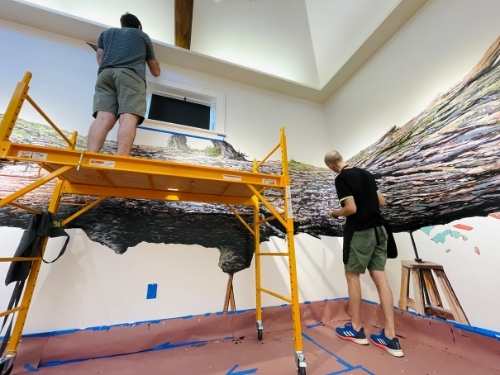

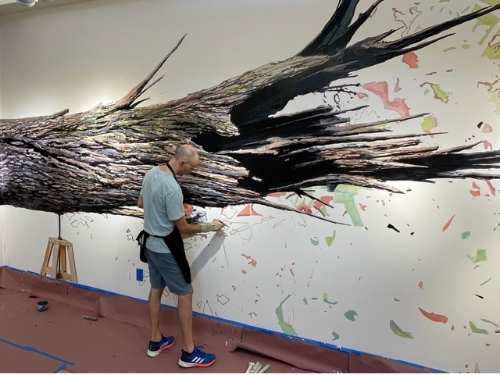
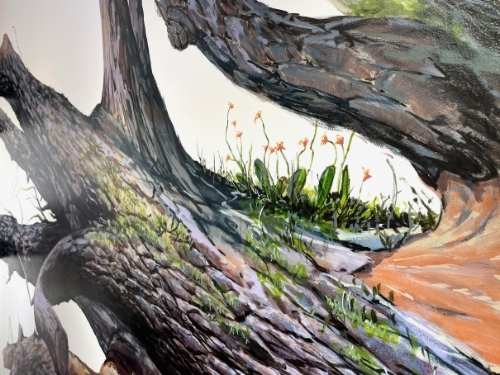
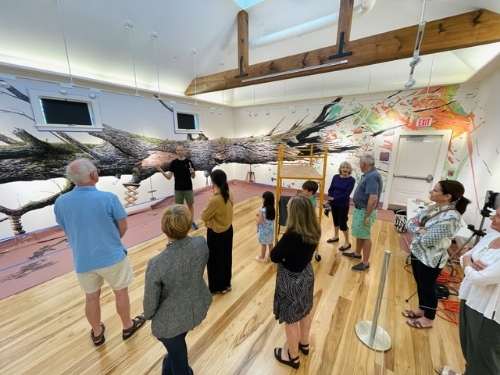
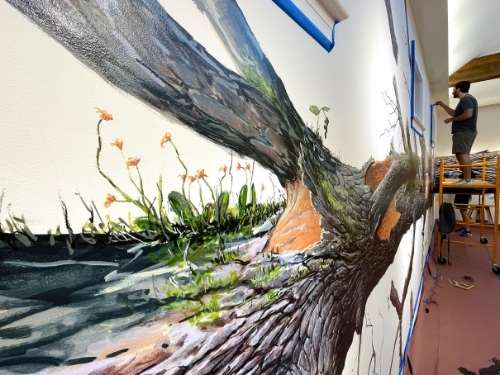
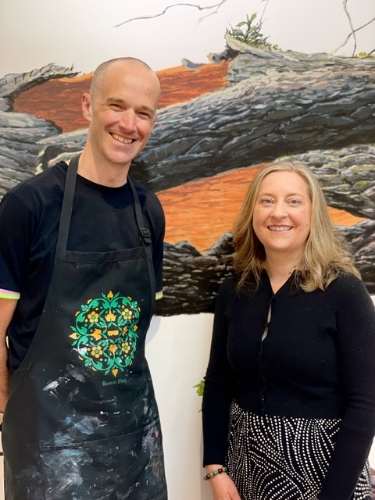
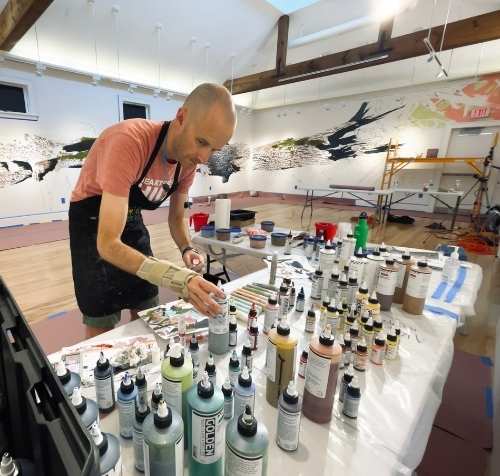

Ethan Murrow: The Greenhouse | Programs
Click on program for details and registration information
Gallery Talk with Michael MacMahon
Ethan Murrow: The Greenhouse
Saturday, June 19, 1:00pm–2:00pm
Gallery Talk with Michael MacMahon & Annie Dean
Duncan Johnson: Under Construction & Ethan Murrow: The Greenhouse
Thursday, June 24 at 11:00am-12:00pm
Summer Open House
Sunday, June 27, 10:00am–4:00 pm
Cahoon Museum Art Auction Open House
Saturday, July 10, 10:00am–4:00pm
Virtual Art Talk With the Artists of Ethan Murrow: The Greenhouse
Thursday, August 5, 7:00-8:00pm
Virtual Program: Ethan Murrow: The Greenhouse:
Forests on Cape Cod – Past, Present, and Future
Tuesday, September 14, 7:00-8pm
Gallery Talk with Michael MacMahon:
Ethan Murrow: The Greenhouse
Wednesday, September 15, 1:00-3:00pm
Artist Reception:
Ethan Murrow: The Greenhouse & Duncan Johnson: Under Construction Exhibitions
Saturday, September 18, 2:00-4:00pm

